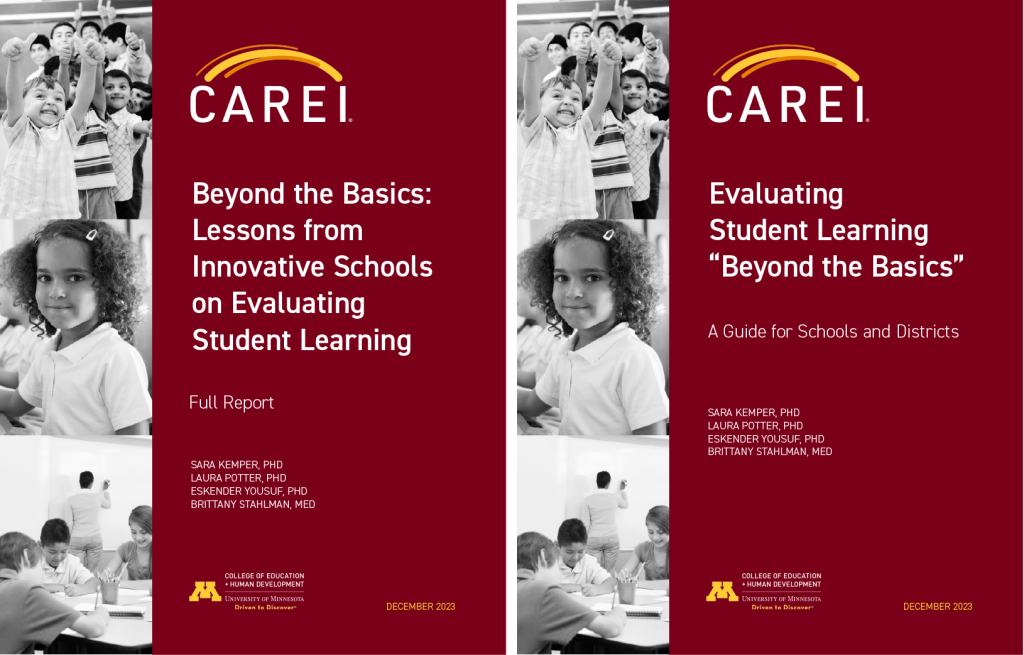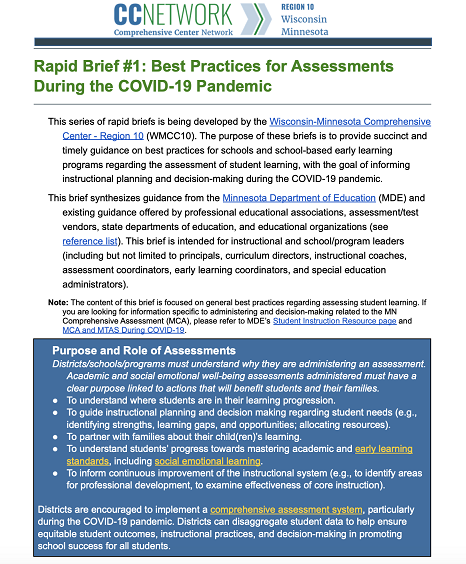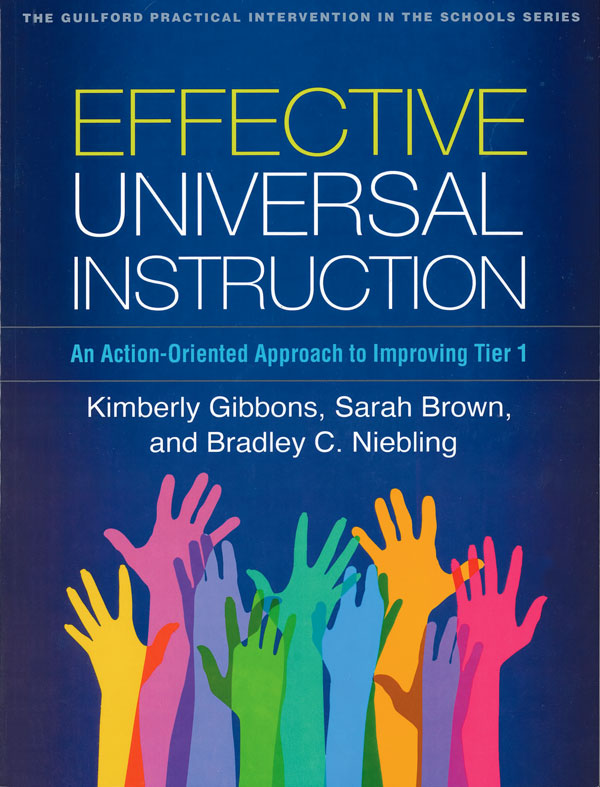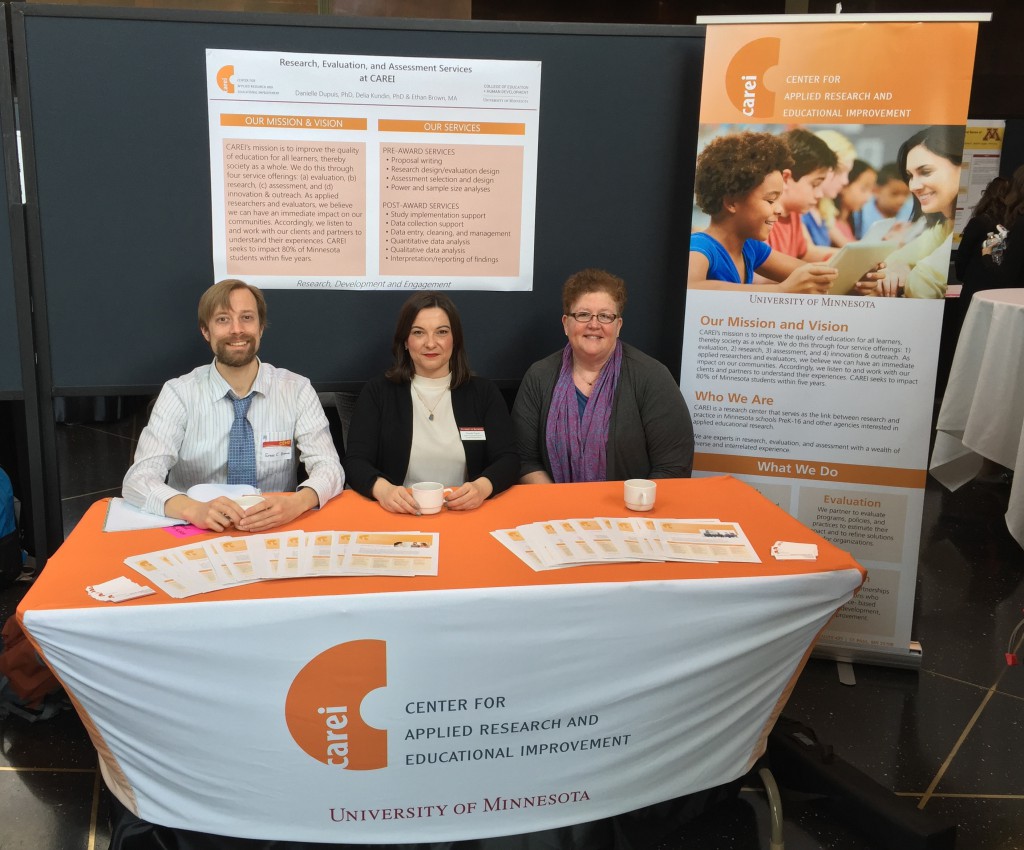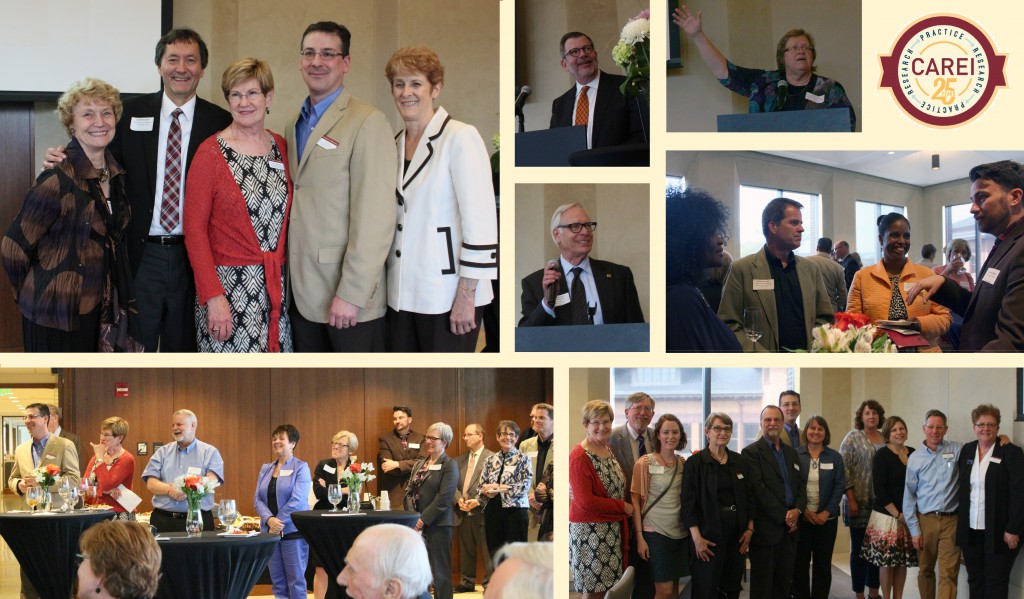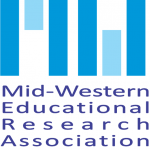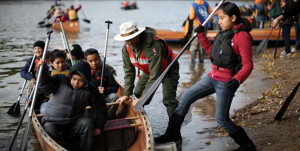Educational leaders across the country are catching on to the idea that traditional grading practices and standardized tests do not adequately capture the scope of what young people know and can do. With funding from The Civic Affairs Trust, education researchers at the University of Minnesota have developed two resources to rethink and improve the evaluation of student learning in schools.
“Academic learning isn’t the only outcome of a public education that matters to families and communities,” says Sara Kemper, Research Associate at the UMN Center for Applied Research and Educational Improvement (CAREI). “By the time they graduate, we want our young people to be able to navigate college and the workplace, solve complex problems, and contribute to their communities, among other skills.”
Beyond the Basics: Lessons from Innovative Schools on Evaluating Student Learning identifies ways to evaluate student learning that more thoroughly reflect the breadth and specificity of learning outcomes that our society expects from schools, and that students want for themselves. Kemper and her co-authors looked at case studies of five U.S. schools and districts currently implementing innovative student evaluation systems. A companion guide, Evaluating Student Learning “Beyond the Basics” is intended for PreK-12 leaders interested in exploring innovative approaches to evaluating student learning. Specifically, it identifies practices in evaluating learning beyond academics, including career readiness skills, social and emotional competencies, and other important outcomes.
For more information and to access the resources, visit carei.umn.edu/beyond-the-basics.
About CAREI — The Center for Applied Research and Educational Improvement (CAREI) is a research center within the University of Minnesota – Twin Cities College of Education and Human Development that serves as the link between research and practice in Minnesota schools, PreK-16, and other agencies interested in applied educational research. They are experts in research, evaluation, literacy, and assessment with a wealth of diverse and interrelated experience.
Contact: Sara Kemper, Research Associate, CAREI | 612-624-7235 | skemper@umn.edu

